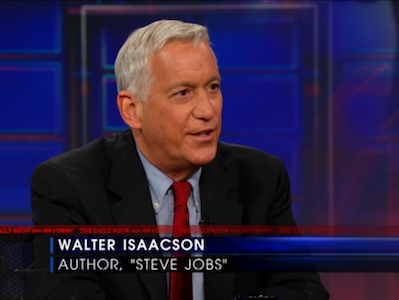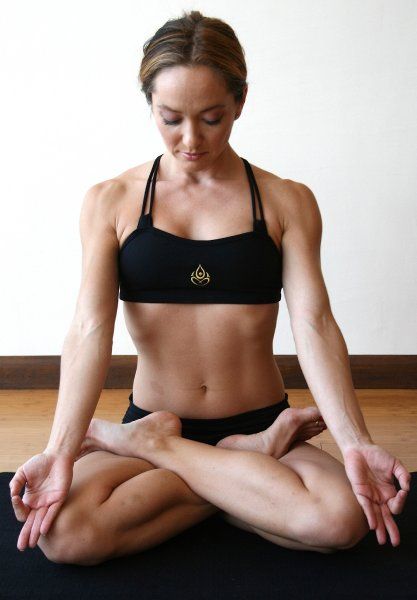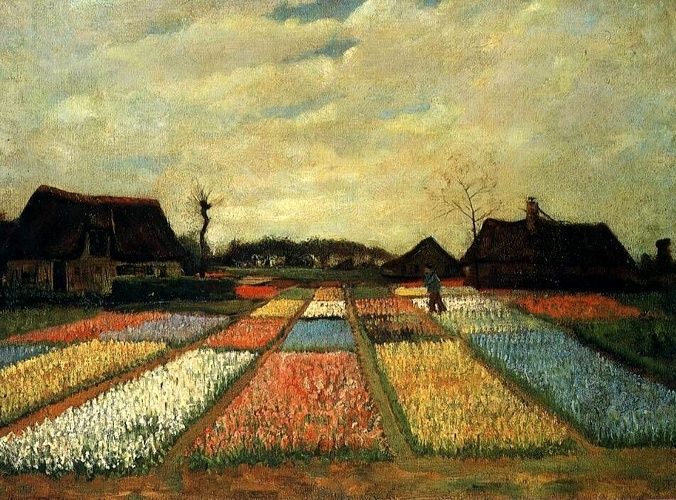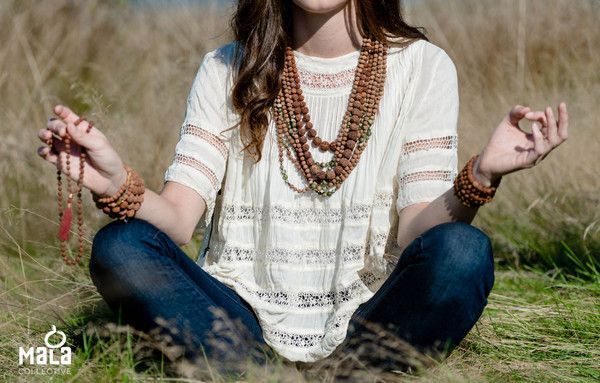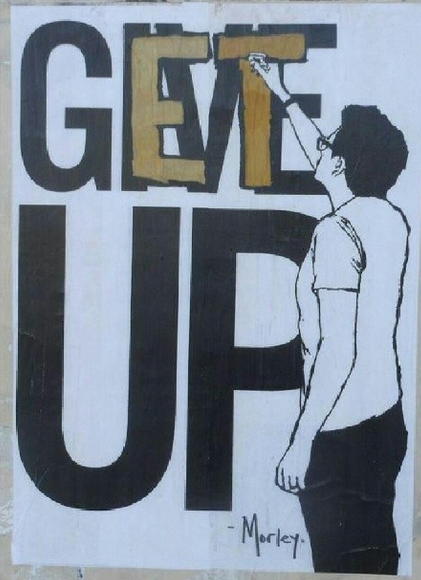Interesting.
Have Compassion – It is the only thing worth doing
It’s the ONLY thing worth doing. Radically simple. Radically effective. Practicing compassion or in other words living by the golden rule does more than heal others it heals our own heart when we practice it. As the well known author on religious thought, Karen Armstrong states after decades of research and study it seems to be the only thing that brings everlasting happiness. One reason why this concept fascinates me is because it isn’t always the easiest thing to do from time to time. I guess that is why it is worth doing and yet makes our life more fulfilling. I can only speak for myself in that there are definitely moments where I default and pass judgement not consciously putting myself in another’s shoes. These lapses never feel good and weigh me down giving good reason to focus on practicing compassion. Somehow, when focused on it things tend to challenge me to arise to it on a more radical level. Not always easy but always rewarding.
One thing I’ve realized is that it is truly a practice. One that brings conscious effort in the beginning just like anything and one I have failed on many occasions. So much seems to stem from simply being conscious. When we ride on selfish behavior it usually originates from the mind not the heart. I write about this not because I am there, but because I’d like to better live in the heart of compassion in my day to day life. Like Karen Armstrong states, it is the only thing worth doing. I guess personally I would add yoga practice to that or any practice that brings us inward, consciously watching and observing the patterns of the mind acting as a gateway to our center, into our hearts. Unblocking ourselves daily is an important part of the process I can attest to. Writing has also helped in this regard to cleanse what inhibits my heart and weighs on my shoulders, especially if I am filled with thoughts and worry. It’s a daily effort. An effort worth making.
Via PeaceLoveYoga
